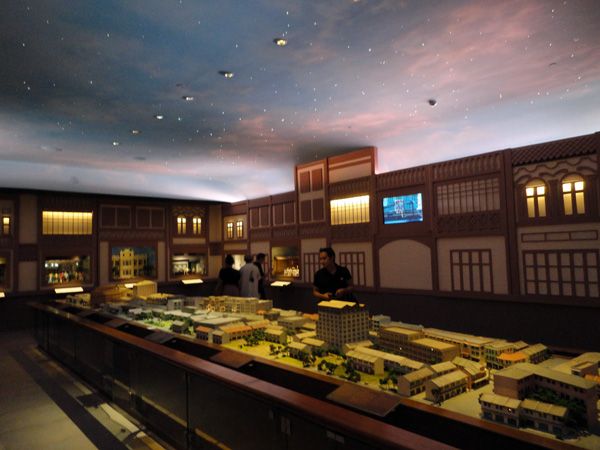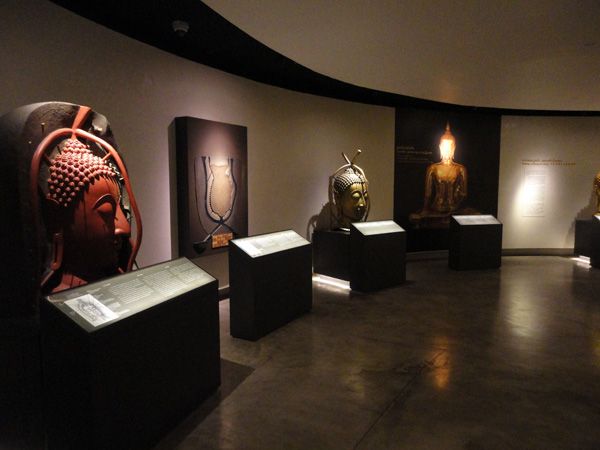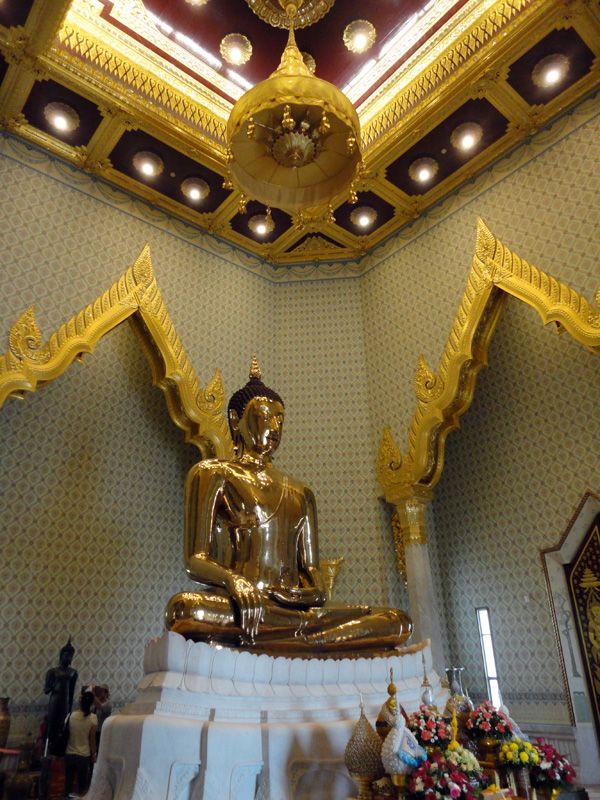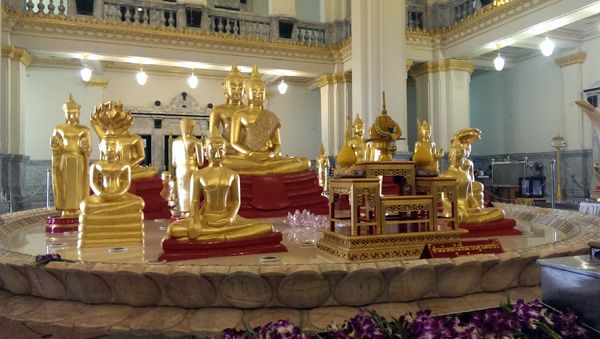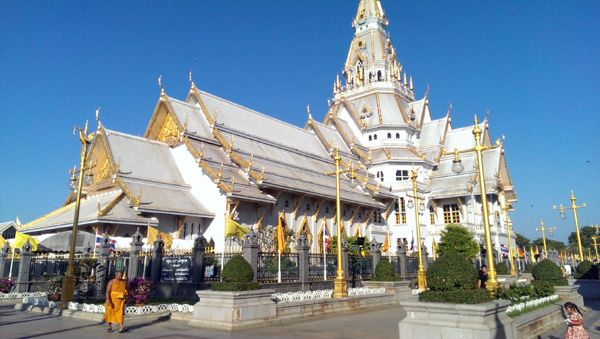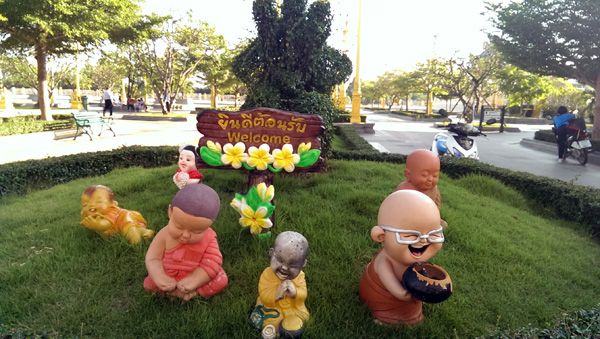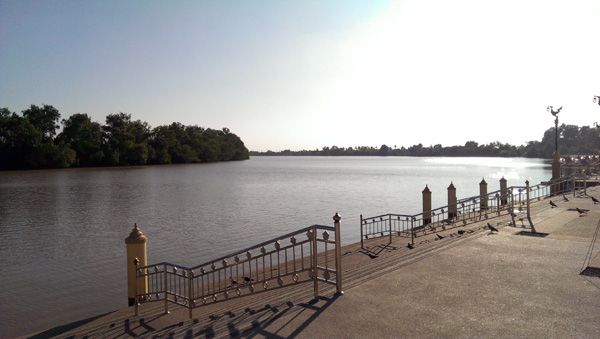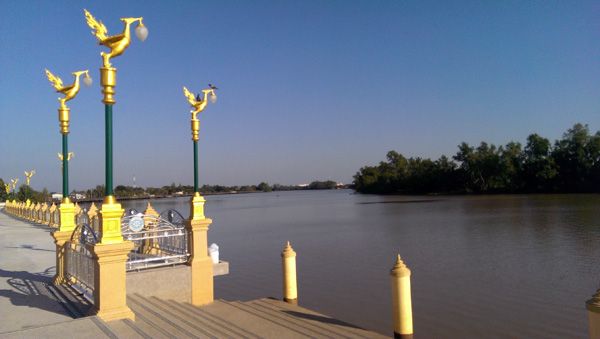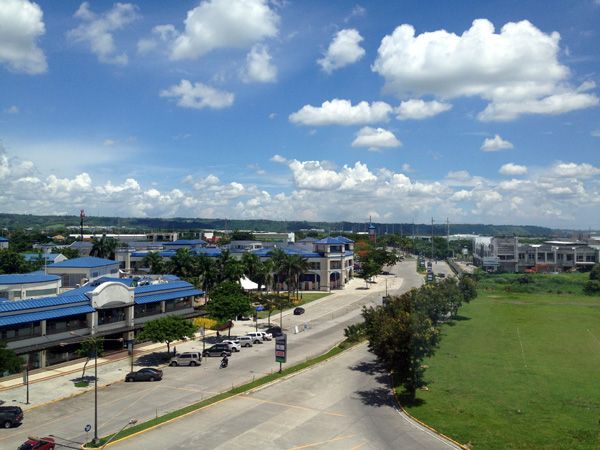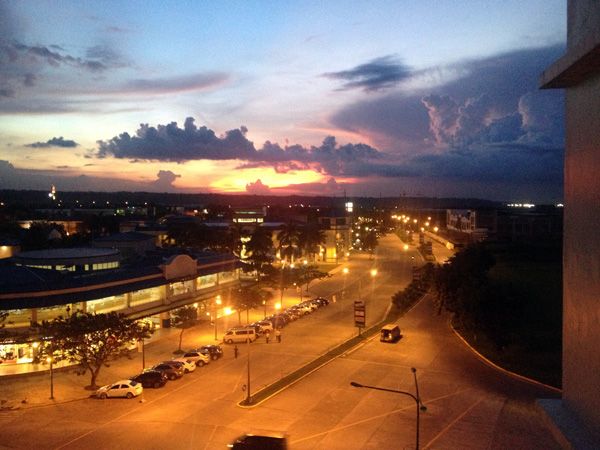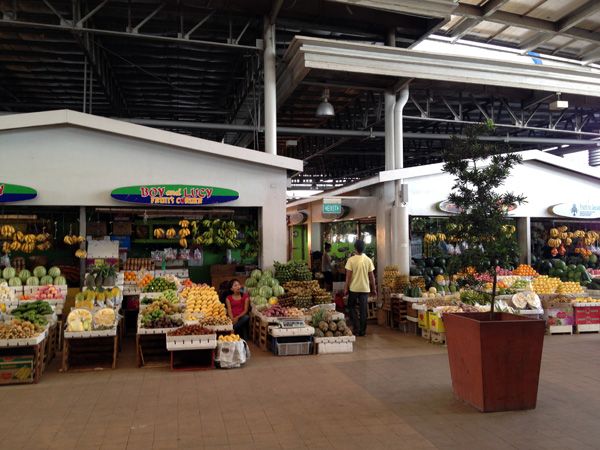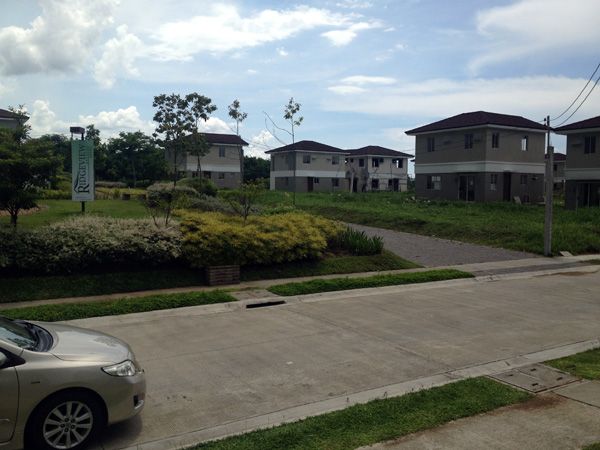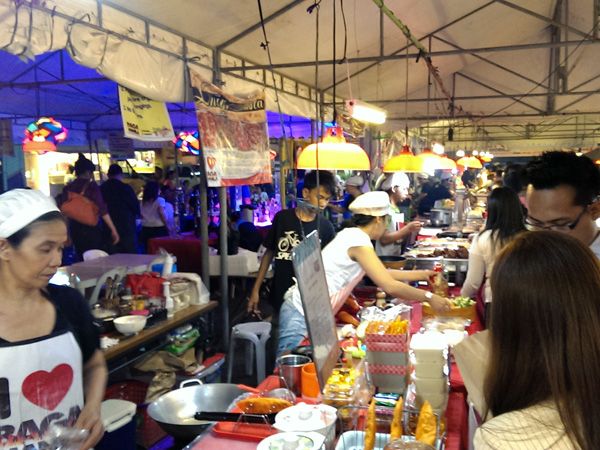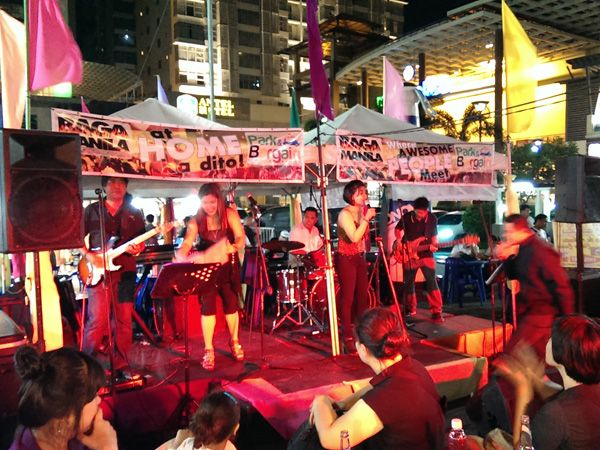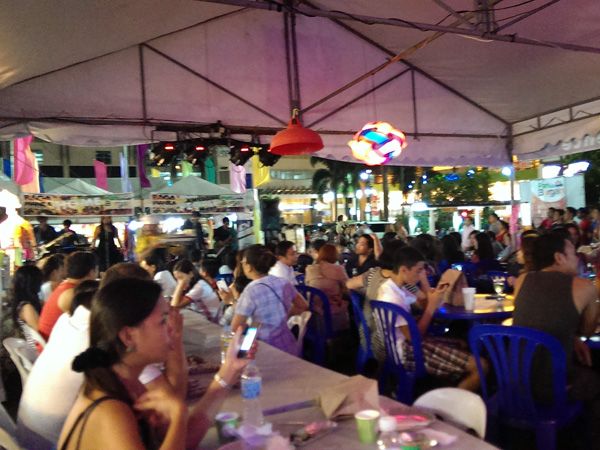I read online there is a futuristic smart home at the Bangsar area of Kuala Lumpur. It is actually a subsidary of the electronics giant Panasonic. I'm very curious on the technology that is being used to design the smart home. Together with my friend, I contacted them a few months before and managed to arrange an on-site visit to them just a day before New Year's Eve.
We are amazed by the interior design of the house. There are a lot of natural day lights. It has a very spacious feel to it. The office of PanaHome is also here where a few architects are seening working on their respective projects.


PanaHome builds an entire house using special materials. It's construction process is actually much faster. It can be 50% faster than traditional homes. And the frames used are also much more stronger and more steadier. It has been proven in earthquake prone Japan.
It is not only the building materials, but the interiors of the buildings are also designed and project managed by the architects. Here is the dining area, next to an open kitchen.
The vertical white strip to the right of the picture below is actually a ventilation unit.

The tiles being used in the smart home also auto-clean. It auto-clean in the presence of UV light. I experimented with it below, by affixing a stamp onto 4 tiles below. The KiraTech tile as it is called, has the ink evaporating in just 1 minute. The amazing power of nanotechnology!
It started raining when we were in the building. The surprising fact is that we did not know it started raining. The entire building is sound-proof. And this is achieved by some advanced ventilation system (which I mentioned in the picture previously)
We are back to the living room area.
Different materials of woods were also being used. They last longer than normal woods.

We proceed up to the upper levels where the bedrooms are. We were surprised by the absolute sound-proof of the bedrooms. This is definitely very useful for those who live in some residential areas with periodic noises throughout the day.

We went to the roof-top where there are additional energy being gathered from solar panels.
There is a beautiful zen garden against the backdrop of technology.

Next to the zen garden is a tatami mat room which simulates a green-house effect.

Here is the view of the living room from the second floor.
The stairs leading up to the upper levels.

We went back to the living room area and have a seat at the sofa.

To get a better grasp on the height of the house with its special beams, please take a look at the picture below.
We are amazed by the interior design of the house. There are a lot of natural day lights. It has a very spacious feel to it. The office of PanaHome is also here where a few architects are seening working on their respective projects.

We were welcomed by our liaison person - Min Choo. She will be showing us around PanaHome for the next 1 hour. She explained to us on the history of PanaHome and how it traces its history back to Konosuke Matsushita the founder of Panasonic (previously known as National).

PanaHome builds an entire house using special materials. It's construction process is actually much faster. It can be 50% faster than traditional homes. And the frames used are also much more stronger and more steadier. It has been proven in earthquake prone Japan.
It is not only the building materials, but the interiors of the buildings are also designed and project managed by the architects. Here is the dining area, next to an open kitchen.
The vertical white strip to the right of the picture below is actually a ventilation unit.

The tiles being used in the smart home also auto-clean. It auto-clean in the presence of UV light. I experimented with it below, by affixing a stamp onto 4 tiles below. The KiraTech tile as it is called, has the ink evaporating in just 1 minute. The amazing power of nanotechnology!
It started raining when we were in the building. The surprising fact is that we did not know it started raining. The entire building is sound-proof. And this is achieved by some advanced ventilation system (which I mentioned in the picture previously)
We are back to the living room area.
Different materials of woods were also being used. They last longer than normal woods.

We proceed up to the upper levels where the bedrooms are. We were surprised by the absolute sound-proof of the bedrooms. This is definitely very useful for those who live in some residential areas with periodic noises throughout the day.

We went to the roof-top where there are additional energy being gathered from solar panels.
There is a beautiful zen garden against the backdrop of technology.

Next to the zen garden is a tatami mat room which simulates a green-house effect.

Here is the view of the living room from the second floor.
The stairs leading up to the upper levels.

We went back to the living room area and have a seat at the sofa.

To get a better grasp on the height of the house with its special beams, please take a look at the picture below.
















